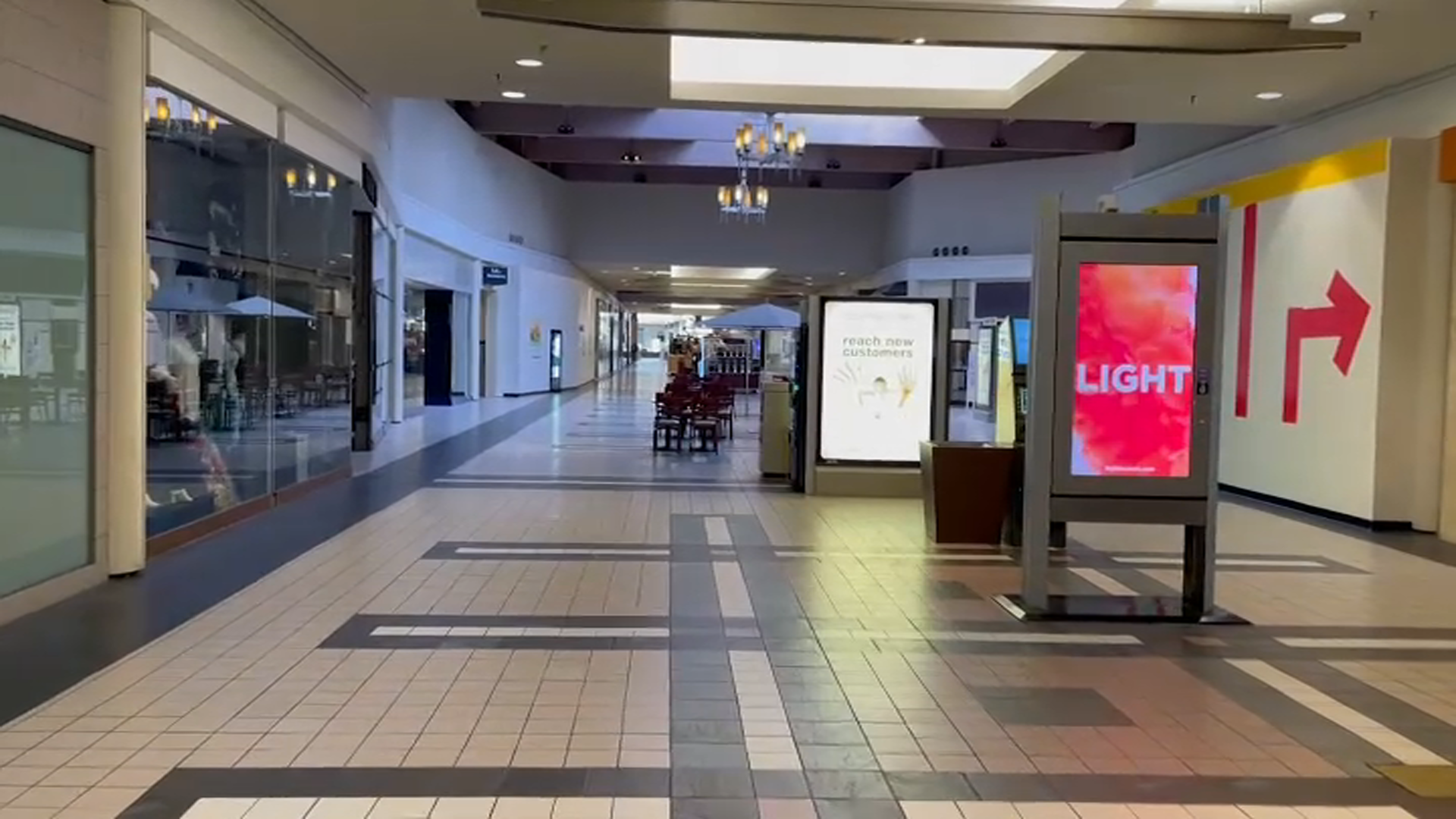COVID metrics on the rise in the Chicago area have sparked concerns from health officials as the city and state both race to get vulnerable populations vaccinated.
The rise in metrics have prompted warnings from Cook County's health department, which said restrictions could return if the numbers continue to trend "in the wrong direction."
Meanwhile, in Chicago, officials have noted a surge particularly among young adults on the city's North Side, where several "hot spots" have been reported.
Dr. Allison Arwady, commissioner for the Chicago Department of Public Health, said she fears a lag in vaccinations for seniors in the city could make the population susceptible during the latest surge.
Feeling out of the loop? We'll catch you up on the Chicago news you need to know. Sign up for the weekly Chicago Catch-Up newsletter here.
As of Thursday, the city reported just under 60% of its senior population had received at least one dose of the coronavirus vaccine. Illinois, on the other hand, has seen 73% of its senior population receive vaccine.
"Still not in good shape," Arwady said. "We've got to get our people over 65 vaccinated. My biggest worry with the surge in cases is that we are not vaccinated enough among our oldest."
City data showed that in the last week, cases amongst 18- to 44-year-olds have risen more than any other age group. It's a trend that has been increasing over the last month, with 18- to 39-year-olds representing more than half of the confirmed cases reported.
Local
On Thursday, the University of Chicago issued a stay-at-home order for students and moved classes remote due to a "large cluster" of confirmed cases, attributed largely to undergraduate populations and off-campus frat parties.
Meanwhile, in the month of March, hospitalizations still showed older populations on the rise in Chicago.
"Even with a lot of vaccination, we had about 600 or so people hospitalized and more than a third of those were in people over 65 and very disproportionately among blacks Chicagoans," Arwady said.
The spread of COVID among young adults is also being credited for spikes in suburban counties as well.
"It's you know our 20s and 30-year-olds and somewhat 40-year-olds that are the ones that are our testing positive. Younger folks are also, as we know, the ones that are more likely to be out and about and maybe being a little bit less observant of the guidance, which means not wearing masks and congregating in big groups which we don't advise," Dr. Rachel Rubin, co-lead of the Cook County Department of Public Health, said this week. "So, they are driving this pandemic right now, however it doesn't mean that other groupings other than our older seniors are not also seeing rises because younger people will transmit to their older family or friends."
Health officials in suburban Will County warned residents to remain vigilant after a wedding resulted in a COVID outbreak involving at least 20 confirmed and probable cases.
“We are getting cocky,” Steve Brandy, public information officer with the Will County Health Department, said. “We think we are done and we don’t need to social distance, and that is a big mistake.”
The U.S. is seeing increasing reports of COVID-19 cases linked to youth sports, Centers for Disease Control and Prevention Director Dr. Rochelle Walensky said Friday.
Chicago officials have noted similar trends involving sports, as well as particular concerns in the spread of the U.K. variant known as B 1.1.7.
In late-March, Arwady noted Chicago had seen multiple outbreaks involving athletic teams.
"We've seen high school sports, college sports, and adult, like, recreational sports all having outbreaks," Arwady said during a Facebook Live. "It was basketball, it was football, it was swimming, it was hockey, it was softball, maybe another, and some of these were pretty big outbreaks - you know, 15-20 people range."
The U.K. strain is believed to be behind some spikes in younger populations in the U.S., but Arwady said data in Chicago hasn't shown an increase in COVID cases for residents 17 and younger so far.
"We've not seen significant increases there, which is good and different than what has been seen in Michigan, for example, where they have a lot of that [B 1.1.7] variant, where things are really not in good control from a COVID perspective," Arwady said. "Part of this has been they've seen actually a lot of increase in children like in that 10 to 17 years and that is not something at this point we're seeing here in Chicago."
In Illinois, the rising metrics are keeping the state from entering the "bridge phase," a transition phase to a full reopening. But the state hopes that increasing COVID vaccine eligibility to all residents 16 and older starting on Monday could help quell the surge.
Illinois health officials reported 4,004 new confirmed and probable coronavirus cases, the state's highest daily total in the last month, along with 21 additional deaths Friday. Data also showed a record-breaking 164,000 vaccinations were administered in the last day.
"It's very challenging," Gov. J.B. Pritzker said. "I worry about it. Honestly I watch these numbers every day so I'm highly hypersensitive to, you know, what direction is the state going, what do we need to do next? But we also had a record number of vaccinations."
Illinois Department of Public Health Director Dr. Ngozi Ezike said Thursday that rising COVID hospitalizations in the state are coming from those individuals who have not been vaccinated.
“The overwhelming majority of COVID hospitalizations are coming from people who have not been vaccinated,” Ezike said. “Unfortunately, there are many people who are not vaccinated, but we are working on that.”
According to Ezike, just 72 of the more than 2.5 million individuals in the state who have been fully vaccinated against the virus have been hospitalized after contracting COVID-19 following their shots, with just 0.003% of vaccinated individuals developing serious-enough cases of the virus to be hospitalized.
“This goes hand-in-hand with the number of rising cases,” Ezike said. “We have a vaccine and we are elated about that, but that doesn’t mean the pandemic is completely over. We need to wear our masks before we can return to what we were doing pre-pandemic.”



